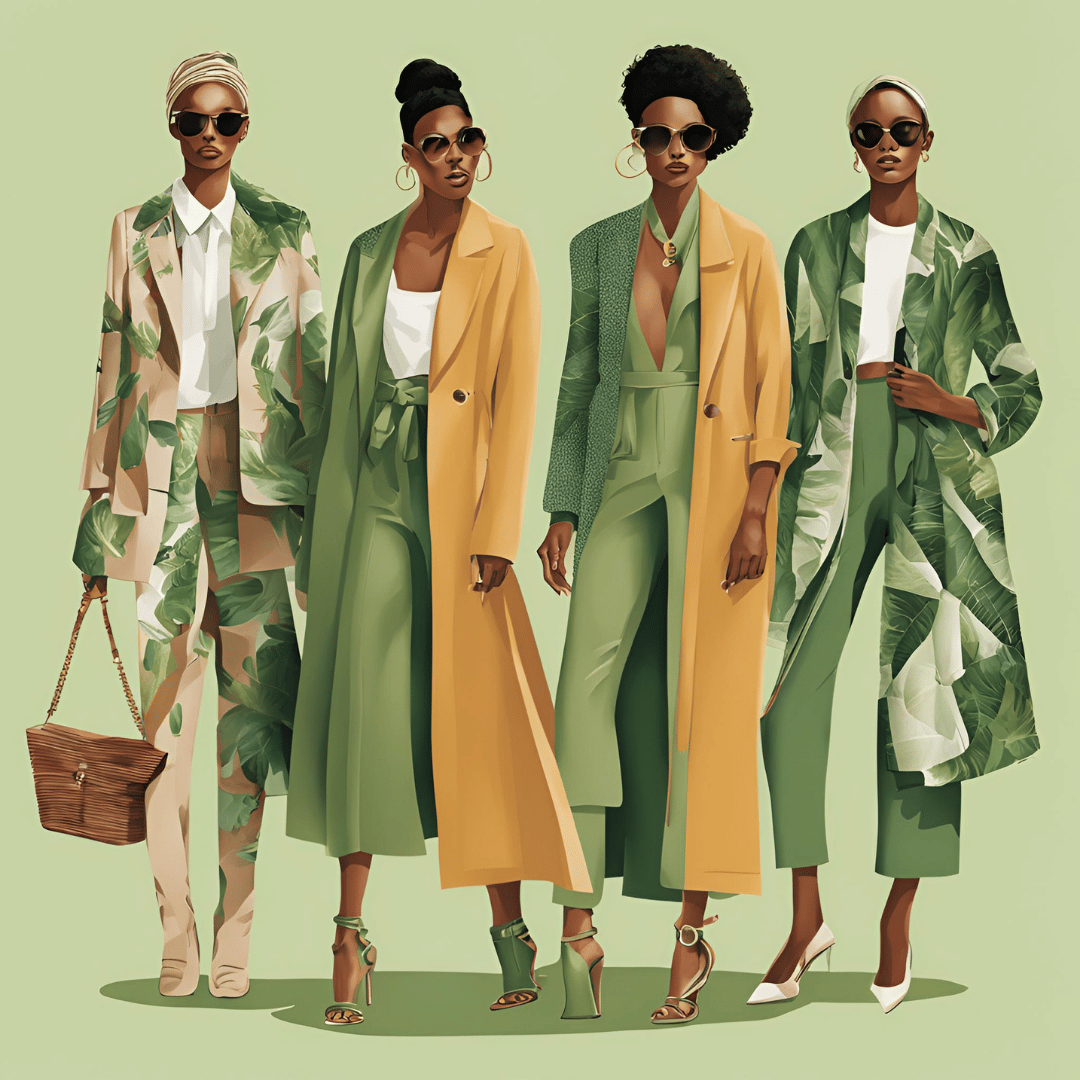The fashion world is undergoing an exciting transformation in the age of sustainability. We no longer need to harm the environment to be stylish. The “sustainable chic” movement proves that we can make eco-friendly choices without compromising on style. In this article, we’ll explore eco-friendly approaches shaping the future of fashion, from green fashion trends to organic cotton apparel, sustainable style tips to biodegradable clothing.
Sustainable fashion has become not just a trend, but a necessity for the future of our planet. The textile industry is responsible for about 10% of global carbon emissions and produces 92 million tons of textile waste annually. However, consumers and brands are taking action to change this. Organic materials, recycled fabrics, and ethical production processes are now featured in the collections of both luxury and mainstream brands. This change is having a positive impact not only on the environment but also on our style.
Green Fashion Trends: Sustainability on the Runway
From fashion weeks to street style, green fashion trends are everywhere. Designers are experimenting with innovative materials such as fabrics made from recycled plastics, yarns derived from seaweed, and mushroom leather. For instance, Stella McCartney’s use of Mylo™, a mushroom-based leather alternative, in her recent collection garnered significant attention. These trends are not only eco-friendly but also offer new aesthetic possibilities. Natural tones are coming to the forefront in color palettes, while minimalist and versatile pieces support the “capsule wardrobe” concept.
Organic Cotton Apparel: Best for Your Skin and the Environment
Organic cotton has become one of the cornerstones of sustainable fashion. Instead of harmful pesticides and chemicals used in conventional cotton production, organic cotton is grown using natural methods. This benefits not only the environment but also the health of farmers and consumers. Brands like Patagonia, Everlane, and Pact stand out with their 100% organic cotton collections. An organic cotton t-shirt uses 90% less water and 60% less energy compared to a conventional t-shirt. Moreover, organic cotton garments are known to be softer, more durable, and skin-friendly.
Sustainable Style Tips: Green Up Your Wardrobe
Creating a sustainable wardrobe isn’t as difficult as it might seem. Here are some practical tips:
- Invest in quality: Choose durable and timeless pieces. This benefits both your wallet and the environment in the long run.
- Explore second-hand shopping: Vintage stores and online second-hand platforms offer unique and sustainable options.
- Use rental and swap platforms: Rent outfits for special occasions or organize swap parties with friends.
- Read labels: Prefer products that are organic, recycled, or Fairtrade certified.
- Follow care instructions: Extend the life of your clothes by washing and caring for them properly.
By applying these steps, you can maintain your style while reducing your ecological footprint.
Biodegradable Clothing: The Future of Fashion
Biodegradable clothing is one of the most exciting developments in sustainable fashion. These garments can completely decompose in nature after their useful life. For example, Tencel™ lyocell fiber is a biodegradable material produced using wood pulp. C&A launched the world’s first Cradle to Cradle Certified™ Gold t-shirt, made entirely from biodegradable materials. Such innovations aim to minimize the environmental impact of textile waste.
Sustainable fashion is no longer a luxury, but a necessity. As consumers, we can accelerate this transformation with our purchasing decisions. By following green fashion trends, choosing organic cotton apparel, and applying sustainable style tips, we can create a wardrobe that is both stylish and environmentally friendly. Innovative solutions like biodegradable clothing are lighting the way to the future of fashion. Remember, every purchasing decision we make is a vote for a more sustainable fashion industry. It’s possible to protect our planet without compromising on style. Sustainable chic should become not just a trend, but a lifestyle.

Leave a Reply